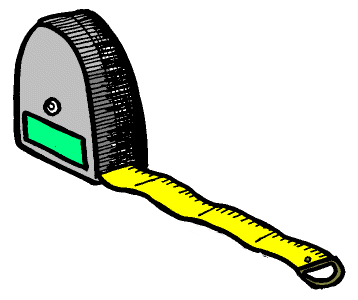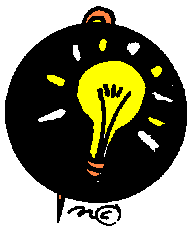Click for video about documenting growth.
 Past success is the best way to build confidence for future success. Educators need to take every opportunity to help students document, and thus recognize, their growth.
Past success is the best way to build confidence for future success. Educators need to take every opportunity to help students document, and thus recognize, their growth.
What to Do…
Individual charts that students keep in their desks are a great way to document improvement. Many teachers have students make line graphs of their progress. Give students frequent opportunities to update their progress. You might have the student in this study graph how many homework papers she completes each week.
Student journals are a useful place for students to consider what they have learned each day. Periodically provide students with time to review their journals and reflect on the progress they have made. If the student in this study does not enjoy writing, consider using the calendar option listed below.
Student portfolios are increasingly used for students to monitor their progress and to help them become reflective evaluators of their work. Students might also select a sample of their work each week and keep it in a larger envelope in their desk. After a periodic review of past work, they may be surprised at their growth and how much more complex their current work is when compared to a month, or even a couple of weeks ago. The same principle can be used to create time capsules at the beginning of the year. Later in the year the capsules can be opened and students can view how much progress they have made.
A simple monthly calendar is also a convenient way for students to record their daily progress. At the end of each day, the students make a note on their calendars of what new material they mastered during the lesson. If they have not mastered anything new, they record something they did well. For the purpose of this study, ask the student you are working with to indicate something he did well in the content area you selected. Print the January, February, March, and April calendars and have the student enter something every day. At the end of each day, reserve a minute to review with the student what he recorded on his calendar.
Do not overlook the obvious. Sometimes we concentrate so much on a student’s underachievement that we overlook the progress the student is making. When a student misspells a word, commend him on the letters he used correctly. “Look, you used five out of the seven letters correctly. Let us see if we can fix the other two.” Students often view mistakes as fatal instead of fixable. A computer programmer does not throw away her computer program when it does not work correctly. She finds the errors and fixes them, because she knows that what is correct in the program is a lot greater than what is not. The same message can be applied to school work.
 Pitfalls to Avoid
Pitfalls to Avoid
Beware of the counting game. An individual chart showing the number of correct spelling words each week may not accurately depict the student’s cumulative progress. If a student drops one week from 20 correct to 18 correct, the students has not lost ground; she still has learned to spell 18 new words. A cumulative chart, which shows how many words have been correctly spelled thus far, can be more effective in calling attention to the skills the student has developed.
Avoid class charts where individual progress is displayed. While it is human nature to make comparisons, situations which encourage students to rate their progress in relationship to others can have a detrimental effect on the self-efficacy of those who do not progress as fast or as far as others. Students may fail to appreciate their own accomplishments if they focus on how well others have done. Class charts that laud the collective achievement of the class, such as the collective number of books read this week or the number of words correctly spelled this week, are more appropriate for classroom display when you are trying to increase self-efficacy. One popular teacher uses the heading, “Watch the Stars Come Out,” and stars with student names on them on the classroom ceiling. Each time a student shows improvement he receives a star. Eventually all of the students have stars on the ceiling.
Check Your Understanding:
- Classroom competition between students provides extra motivation for underachievers and increases their self-efficacy.
True False
Next Section: Use Peer Models
Previous Section: Help Students Set Goals
© 2000 – Del Siegle – This material may not be reproduced or distributed beyond this website.